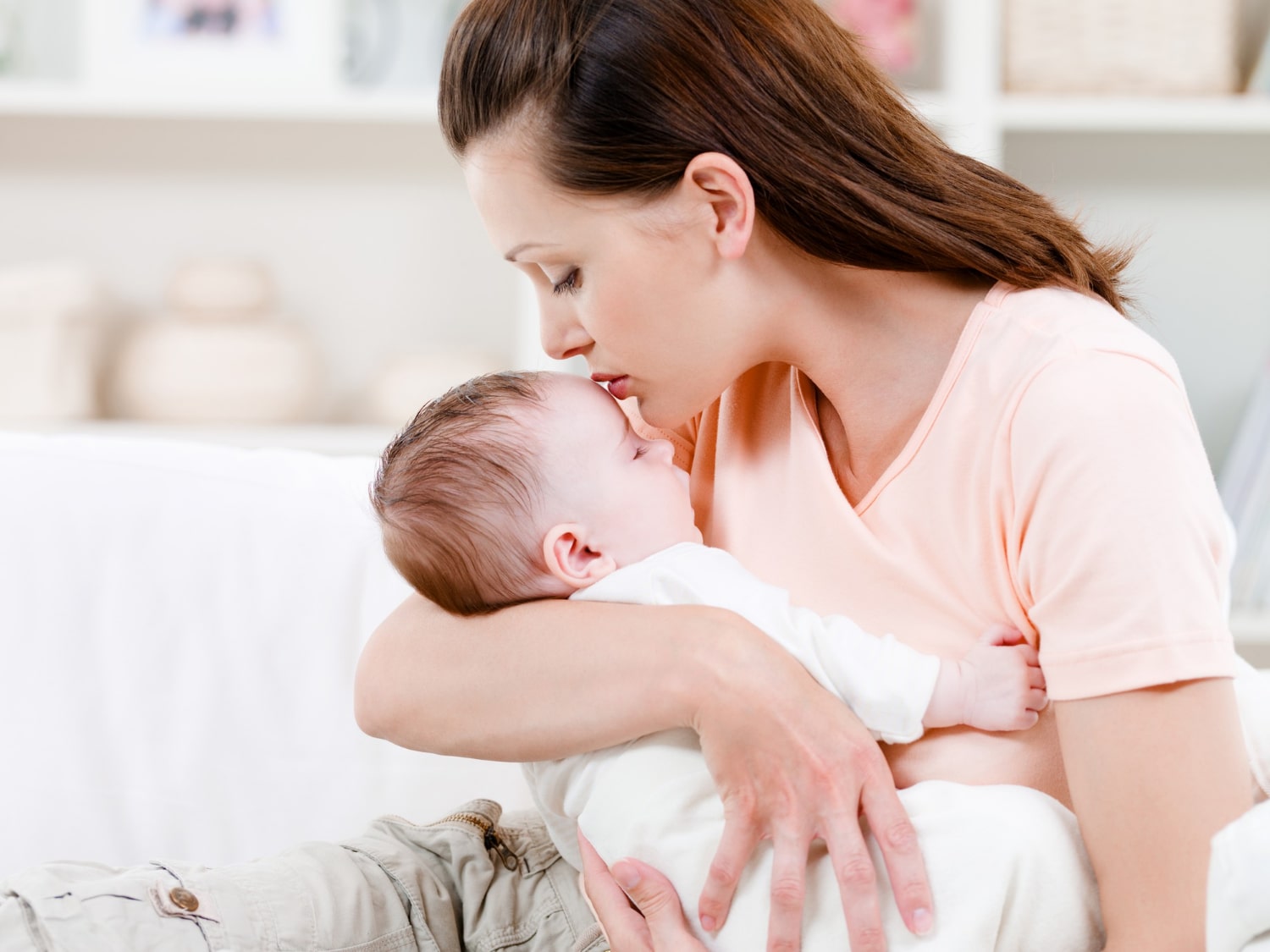
Parents who are faced with the realization that their newborn has Erb’s Palsy experience a range of emotions. Many find themselves asking, "What is Erb's palsy?", because the condition is foreign to them. Oftentimes, fear is the first emotion new parents experience, because they are unfamiliar with the condition, and they have concerns about whether their child will have to live the deformity the rest of their lives. Erb's palsy is the result of damage to some nerves in the brachial plexus. The functionality of the arms from the tips of the fingers and all the way up to the shoulders depends on the nerves in the brachial plexus.
During the birthing process, this brachial plexus can get stretched if the shoulders and the head are pulled too aggressively. If the bundle of nerves in the brachial plexus are pulled too forcefully they can become strained, and even sustain extreme damage if they are torn. It is completely normal for parents to be concerned about this condition, however, the prognosis is remarkably good for a fair number of babies who receive the right care and therapy for Erb's palsy.
What Causes Erb’s Palsy?
Erb's palsy generally occurs when an infant is larger than expected at birth, or a labor is prolonged, or the baby is breech. In the case of Erb’s palsy, where the injury sustained is minor, there is a likelihood that the damage caused during the birthing process will correct itself when the infant has access to physical therapy, and enough time has passed to allow the body to heal. In cases where infants have sustained more severe injuries, surgery is generally required to correct the damage.
It is important to note that surgery alone will not generate complete restoration. It will take time in addition to physical therapy to help restore the body to a normal state if a complete recovery is possible. In the most severe cases of Erb's palsy, there is no guarantee that surgery will prevent lifelong function and impairment.
What Are the Lasting Effects of Erb’s Palsy?
There are children who will never recover from the injuries they sustained during the birthing process. Some will experience paralysis recurring muscle tightness, contracture formations, a loss of feeling or sensations in their arms, paralysis, dislocated shoulders, and scoliosis. Children who live with the effects of Erb's palsy will need to continue occupational and physical therapy and may have to rely on walkers, canes, or other types of devices to help them with their mobility.
Where Should Parents Go For Help and Support?
No matter the severity of a child’s Erb’s palsy, both they and their parents we'll need a strong support system to help them deal with the challenges of having a child with a disability. People make the mistake of believing that coping with the challenges of disabilities like Erb’s palsy is enough. The reality of it is that dealing with the day-to-day challenges associated with any type of disability can quickly burn parents out. It is paramount to reach out to other parents who have a child with Erb's palsy, and to make sure the child is exposed to other children who have the condition. There are a number of groups as well as helpful guides containing important information to help parents and their children thrive.
You may also like
Natural Herbs and Supplements That Can Promote Energy and Weight Loss
How Creative Writing Helps Mental Health
5 Reasons Why You're Not Sleeping
